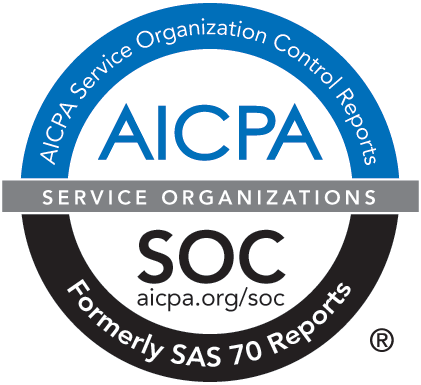
Stop Discouraging Employees! 3 Ways Incentive Pay Motivates Performance
Share:
High-level performance is often a combination of two key ingredients: capability and motivation. Experience shows that one without the other repeatedly proves worthless. From a management standpoint, the general skillset of a potential hire is relatively easy to identify. Motivation, on the other hand, can prove a bit more difficult.
We all put our best foot forward on an interview. We’re motivated, energetic and ready to shoot for the stars. After the honeymoon phase, however, the true self starts to shine through. For some, that means motivation starts to dip. Left to their own devices, unengaged employees can fall into a downward spiral dragging others with them. It’s up to human resources professionals and division leadership to mitigate this decline.
Incentive pay, when used within the context of a reward system, is shown to motivate achievement. Psychologists and compensation professionals often explain motivation in terms of Expectancy Theory, which suggests that motivation is the product of three insights: expectance, instrumentality and valence.
Let’s take a look at each of these three areas and how they affect employee engagement and performance:
- Expectance: The employee’s assessment of their own ability to perform the required task. The employee must believe he or she can achieve the desired result, or confidence and motivation will dissolve. Line-of-sight is typically used to describe this ability, which basically means how much control someone has over achieving a specific goal. Incentive programs with a strong line-of-sight for each employee have the greatest motivational impact and, hence, the greatest potential to be effective. Also related to expectance is how difficult the performance levels (targets) are to achieve. Targets that are set too high or two low usually have little or no motivational value.
- Instrumentality: The employee’s belief that required job performance will be rewarded. Employees must believe that if they meet the objective, they will be rewarded. Instrumentality becomes lower when subjective measures are utilized. It’s important to build any incentive plan around concrete, objective measures. Be prepared to follow through with your plan, even if financial conditions change. Failing to do so will damage the credibility of the organization, and of future incentive plans.
- Valence: The value employees attach to the organizational rewards offered. The employee has to value the reward or it will have little motivational value. Rewards must be significant enough to motivate effort (physical and/or mental) beyond what would be the norm or status quo. Providing superior member service or reducing operational costs are a few examples of behaviors that can be encouraged with an incentive program for beyond the status quo.
Increasing Employee Engagement Through Incentives
For credit unions, creating an incentive program around employees referring family and friends to apply for home or auto loans is a good example of a lending incentive. Credit unions can typically have a loan referral fee of $5-$10 for consumer loans and $25-$50 for mortgage loans. Your credit union could also benefit from creating an incentive program around staff selling auxiliary products such as payment protection, GAP protection or extended warranty products.
A common structure uses a “pay per sale” method where the employee is paid a certain dollar amount for each sale ranging from $10-$25 per policy. Loan growth goals can be cascaded down throughout the credit union with senior managers and back office staff being incented for the overall credit union loan growth goal. Incentives may include branch managers being rewarded for achieving their branch loan goal; loan officers and processers incented on personal loan production; and tellers or other front line staff rewarded for loan referrals.
In conclusion, it is possible to structure a plan that pays for itself and offers higher opportunities to all employees. Incentive plans are designed to share organizational gains with all stakeholders. One last tip – when developing your plan we recommend developing a cost/benefit analysis. This will provide the template needed to set up a successful incentive plan at your credit union.
More Performance Articles
« Return to "Performance Managament"
